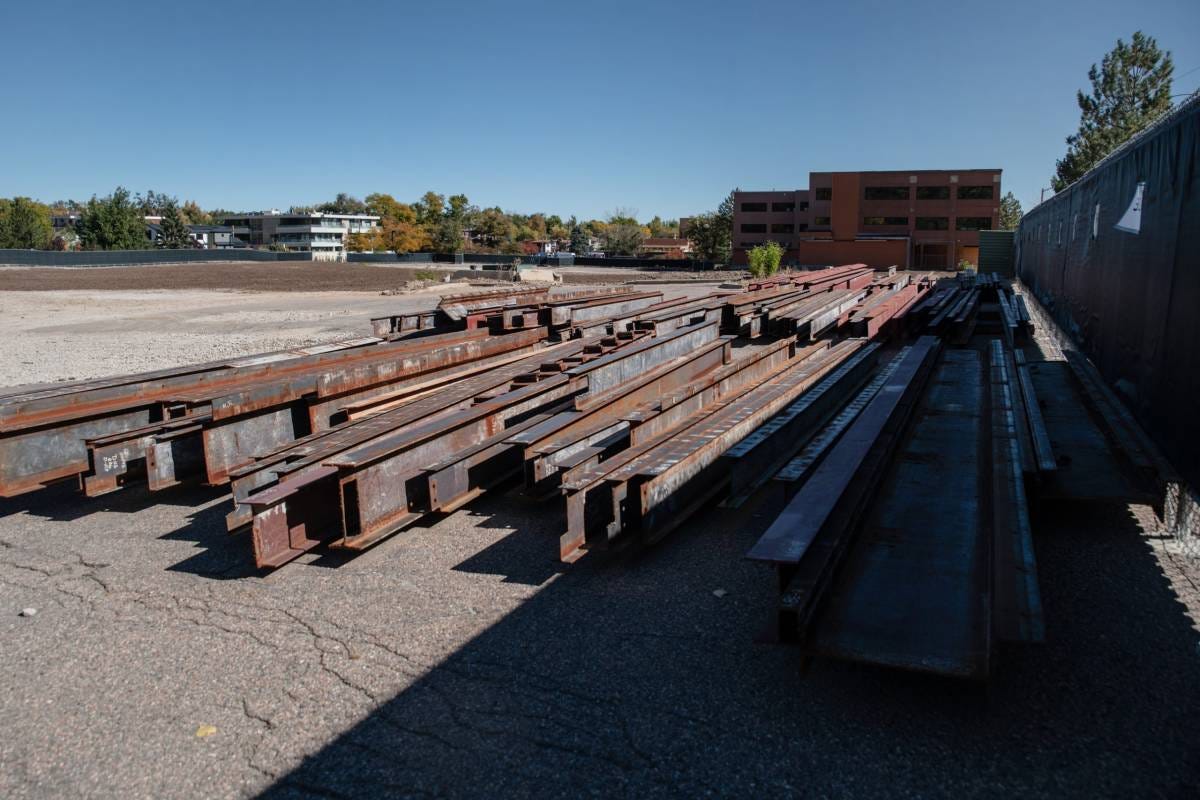Building a Second Life
The Rise of Deconstruction
Buildings do not last forever. They have lifecycles and are subject to wear and tear over time. When the time comes, they get taken apart, reused, or knocked down. Buildings in usable condition also get torn down, often to make way for something shiny and new , like this glass office building getting taken down for a new logistics facility in California.
A majority of construction & demolition waste occurs when buildings get torn down. So as much as we can reduce waste during construction, it’s impact is small in comparison to demolition. Builders are already incentivized to minimize waste during construction because they don’t want to overspend on material costs if they don’t have to. However, those same builders aren’t incentivized to care about how long a building lasts or how it comes apart.
It’s also important to note that not all parts of a building decay at the same time. Enter the concept of shearing layers. Basically, building components evolve on their own timescales. A concrete column will outlast a toilet which will outlast carpet in a high traffic area. If you know the building’s timeline and specifications, then you can approximate the remaining lifespan of the parts. Knowing the timescale relates to deconstruction and reusability. As much as being green makes us “feels good,” we all know that isn’t enough to see action at scale. There must also be an economic incentive and legal requirements to do so.
Builders will be weighing “is it more cost effective to tear it all down or is there a monetary benefit to deconstructing, reusing, and recycling parts of the building?” Upfront, it’s cheaper to demolish. But all of that material not going into landfill saves on waste management operation costs and reduces emissions for our planet. Measuring the financial benefits of deconstruction is a complex and lengthy process. Ultimately, I believe there is a net benefit, even if it takes years to see it.
Municipalities, like in San Antonio, are demanding more from demolition & deconstruction projects. Only two cities in the nation legally require deconstruction and landfill diversions of all building types - Palo Alto, CA and Boulder, CO. The most successful example occurred in Boulder. Late last year, an entire hospital was meticulously taken apart resulting in 94% of materials staying out of landfill. That’s an incredible precedent for deconstruction.
The movement is growing being municipal requirements. Material resellers and warehouses are forming to house and redistribute recycled material for new projects. Construction tech companies, like Urban Machine, are developing robotics to identify and remove metal fasteners from wood before they’re reused.

Architects and builders can plan for the end in mind during the design and build process, but the future is not predictable. What is hopeful is that we’re starting to see action. Successful case studies throughout the country demonstrate a path towards a healthier planet. 🌎




Phoenix Architecture